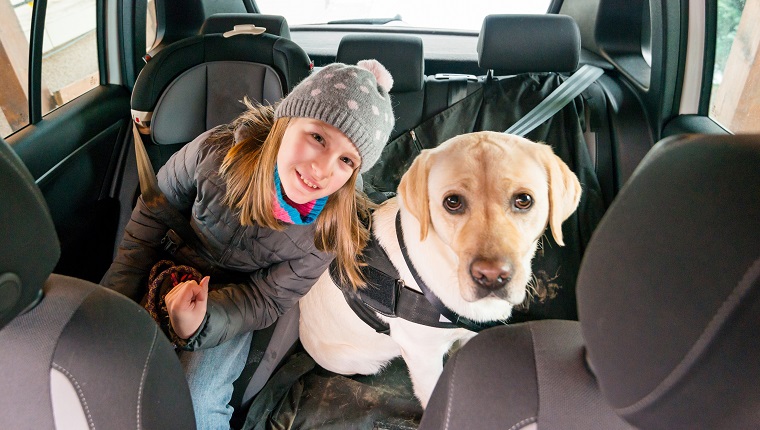We all have to transport our dogs in the car at times. We might be going to the vet or the groomer, or just taking them along for the ride.
Most dogs go wild at the jingle of the car keys or when they hear, “Wanna go for a ride?” Riding in the car is a treat, and another opportunity for us to spend…




